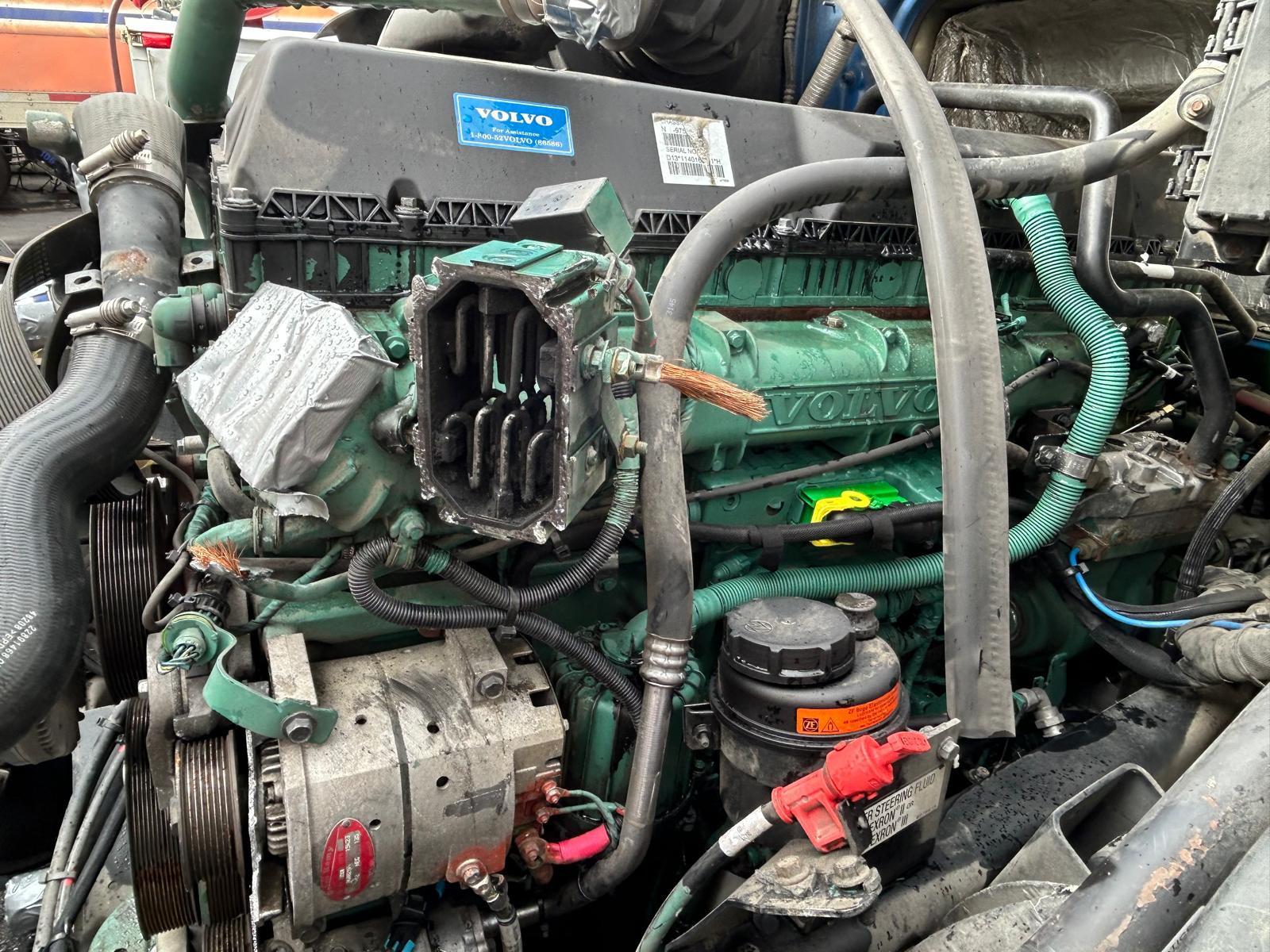Understanding the NVQ Level 6 Diploma in Occupational Health and Safety
The NVQ Level 6 Diploma in Occupational Health and Safety is a key qualification for professionals involved in managing health and safety in the workplace. This diploma acknowledges an individual’s competency to implement health and safety practices that protect employees and organizations alike. Those pursuing this qualification gain hands-on experience and theoretical knowledge, which enhances their skill set and opens doors to various career opportunities in health and safety management. For individuals looking to explore nvq level 6 diploma in occupational health and safety examples, this article serves as a comprehensive guide to understanding its requirements, examples of practical applications, and key career implications.
What is the NVQ Level 6 Diploma?
The NVQ Level 6 Diploma in Occupational Health and Safety is designed for individuals who have a significant role in managing health and safety issues within their organization. This qualification is aligned with the National Occupational Standards, and participants must demonstrate their ability to meet established criteria across various units. The focus is not only on knowledge acquisition but also on the application of this knowledge in real-world scenarios. Typically, candidates are expected to have some experience in health and safety roles, as the diploma requires practical and strategic understanding.
Requirements and Eligibility Criteria
To enroll in the NVQ Level 6 Diploma, candidates must meet specific eligibility criteria. Commonly, applicants are required to have:
- A minimum of three years of experience working in a health and safety role.
- A Level 3 qualification in health and safety or a related field.
- Strong communication skills and a commitment to continuous learning.
These prerequisites ensure that candidates possess a foundational knowledge of health and safety protocols, enabling them to effectively grasp more complex concepts presented in the diploma.
Core Units and Learning Outcomes
The NVQ Level 6 Diploma consists of several core units focused on various aspects of health and safety. These units encompass topics such as:
- Establishing a health and safety management system
- Risk assessment and hazard control
- Health and safety legislation and compliance
- Promoting health and safety culture within organizations
Each unit is designed to cover essential learning outcomes that candidates must achieve to pass the diploma. This involves not only theoretical understanding but also the ability to implement strategies effectively within an organizational context.
Practical Examples Related to NVQ Level 6 Occupational Health and Safety
Case Studies Demonstrating Successful Implementation
Practical examples and case studies are critical for understanding how the NVQ Level 6 diploma translates into real-world applications. For instance, a case study from a manufacturing company illustrated how the implementation of a comprehensive safety management system reduced workplace accidents by 40% over a year. The health and safety manager, who had completed the NVQ Level 6 diploma, developed new training procedures that integrated employee input in risk assessments, resulting in a more engaged and safety-conscious workforce.
Common Challenges Faced During Training
While pursuing the NVQ Level 6 Diploma, candidates often encounter several challenges, such as:
- Balancing work responsibilities with study commitments.
- Understanding and keeping up with health and safety legislation changes.
- Applying theoretical knowledge to practical scenarios.
Facing these challenges requires strategic planning, effective time management, and a dedicated support system from peers and instructors. Candidates can seek guidance from their assessors to navigate these hurdles successfully.
Best Practices for Achieving Success
To ensure the successful completion of the NVQ Level 6 Diploma, here are some best practices:
- Set measurable goals and timelines for each unit.
- Engage actively with course materials and participate in discussions.
- Utilize available resources, including textbooks, online materials, and workshops.
- Network with peers to exchange insights and experiences.
Following these best practices can significantly enhance a candidate’s chances of success and contribute to a fruitful learning experience.
Course Structure and Assessment Methods
Overview of Assessment Types
The assessment for the NVQ Level 6 Diploma primarily consists of a portfolio of evidence, which showcases the candidate’s competencies in real-world tasks. Candidates demonstrate their skills through:
- Work-based assignments analyzing health and safety procedures.
- Case studies demonstrating effective risk management and mitigation strategies.
- Professional discussions with assessors verifying understanding and application of concepts.
This multifaceted assessment approach allows candidates to provide tangible evidence of their capabilities and understanding.
Understanding the Grading System
The grading system for the NVQ Level 6 Diploma is based on a pass/fail basis, where candidates must meet all the required competency standards established within the assessment criteria. While grades such as merit or distinction are not typically assigned, the emphasis is on the individual’s capability to perform health and safety functions effectively.
Expected Duration and Study Commitment
On average, candidates spend about 6 to 18 months completing the NVQ Level 6 Diploma, depending on personal commitment and the complexity of their workplace environment. A structured study plan, alongside workplace applications of health and safety protocols, can significantly affect the duration of the course.
Preparing for Your NVQ Level 6 Certification
Study Tips and Resources
Preparation for the NVQ Level 6 Diploma should be strategic and thorough. Here are some tips:
- Utilize online platforms and educational websites to access study materials relevant to health and safety.
- Join study groups to benefit from collective knowledge and support.
- Regularly review past NVQ Level 6 assessments and guides available online.
Such resources enhance understanding and retention of critical health and safety management concepts.
Utilizing Sample Questions for Practice
Working with sample questions can significantly improve familiarity with the assessment format and types of queries typically encountered. Many online resources provide example questions that mirror actual NVQ Level 6 assessments, allowing candidates to practice their response strategies effectively.
Connecting with Peers for Support
The journey towards obtaining the NVQ Level 6 Diploma can be more manageable with peer support. Engaging with fellow candidates through forums, study groups, or professional networks enables the sharing of insights, motivation, and resources that can greatly benefit learners. Active interaction can also lead to valuable discussions on industry trends and best practices in health and safety.
Career Implications of Completing the NVQ Level 6 Diploma
Job Opportunities in Occupational Health and Safety
Completing the NVQ Level 6 Diploma opens numerous career paths within the occupational health and safety field. Graduates often secure roles such as:
- Health and Safety Managers
- Risk Assessment Consultants
- Compliance Officers
- Safety Trainers and Educators
The demand for qualified health and safety professionals continues to grow, providing a rich landscape for job opportunities.
Impact on Career Advancement and Salary Prospects
Obtaining the NVQ Level 6 Diploma can significantly enhance an individual’s career trajectory. Many employers recognize this qualification as a standard expectation for health and safety roles. Consequently, individuals holding this diploma are often positioned for increased job responsibilities and corresponding salary boosts.
Long-term Benefits of Certification
In addition to immediate employment prospects, obtaining the NVQ Level 6 Diploma in Occupational Health and Safety provides long-term benefits such as:
- Enhanced professional credibility.
- A comprehensive understanding of health and safety regulations, which is invaluable in any role.
- Networking opportunities within the health and safety community.
- Potential pathways for further education and specialization.
This diploma not only equips candidates with essential skills but also immerses them in a community of like-minded professionals dedicated to promoting health and safety standards across industries.















Leave a Reply